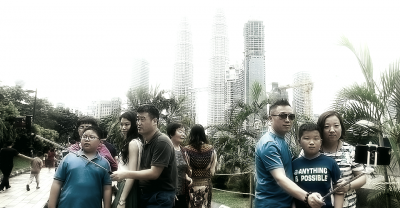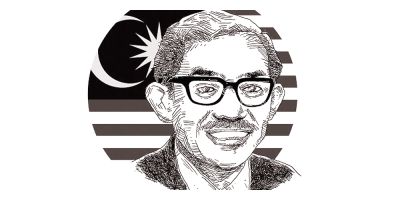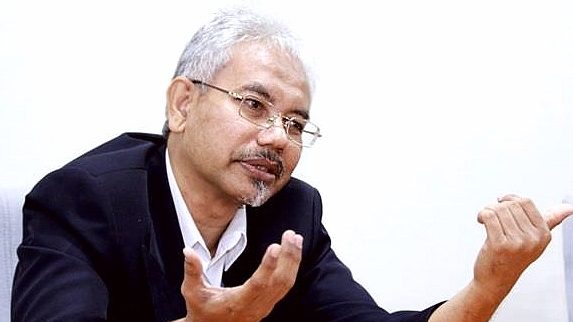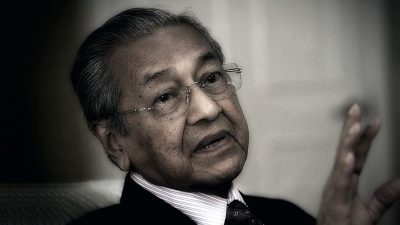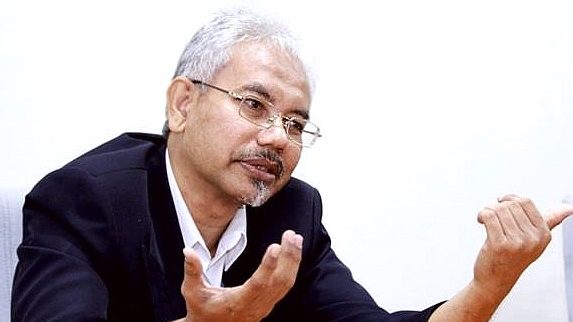Judging from the Master Plan for Bandar Malaysia in Kuala Lumpur, which covers an area of 196 hectares, it should be seen as the first plan with a large-scale environmental protection vision in the post-Mahathir era.
The mixed land use revealed in the blueprint includes functions such as business, tourism, culture, and R&D innovation. Most significant of all, however, is its transit-oriented development role.
A few years earlier, there was also an agreement between Malaysia and Singapore which had designated Bandar Malaysia as the Kuala Lumpur-Singapore high-speed rail’s terminus.
Theoretically, from the perspective of environmental sustainable development, the goal of building Bandar Malaysia into a high-quality and green livable urban area in Kuala Lumpur is worthy of support. However, given the politicization of planning that Malaysia has been accustomed to over the past half a century, the zeal of our support and our trust in it is much reserved.
First of all, is it easy for Bandar Malaysia to regenerate a bright planning structure within the large metropolitan region of Klang Valley that has been ruined?
It’s a bit like building a big mansion in the middle of a chaotic slum that is out of place and incompatible with its surroundings.
Let’s take a look back at how the planning landscape of Klang Valley has gone awry over the past 50 years.
Causes of poor public transport
In the early 1980s, when the Kuala Lumpur Structure Plan first appeared, the blueprint at that time was very macroscopic and lacked in specificity.
When implemented, many provisions were easily interpreted by top officials and politicians to meet the needs of a demanding developer.
In general, the planning landscape of the Kuala Lumpur Federal Territory and the overall Klang Valley metropolitan area lacks an organic and comprehensive plan to link them in one integrated piece.
It should be noted that when urban sprawl picked up speed across Klang Valley from the 1980s, urban management in such a large agglomeration could no longer be effectively run by individual administrative units. Instead, all units must be integrated and comprehensively planned and managed.
In addition, there are also “crony politics” and the national car policy that have contributed to the misfortune and the serious shortage in road- and rail-based transit services.
A large number of highway networks in Klang Valley have been constructed at high tender prices or through bids given away at closed doors.
For decades, under the leadership of the Malay ruling party, notably the United Malays National Organization, this has formed the political and economic basis which deploys public funding to win over political supporters and pay electoral expenses.
Anyone who understands well modern urban transportation planning should be aware of the fact that highway networks must not be too extensive in large metropolitan areas.
They not only take up substantial amount of urban land, indirectly encourage car owners to use cars and affect urban aesthetics, but also cause more noise and air pollution, which are taboos to sustainable environmental protection and conservation.

Another feature practiced by the Kuala Lumpur municipality in the course of highway expansion in Klang Valley is to avoid as far as possible demolishing existing buildings, even though they have no cultural or relic value for conservation. This is because they do not want to pay huge compensation.
Consequently, one may occasionally find the traffic rolling in front of a row of old shophouse.
For shop owners, it would be extremely difficult to do business because customers cannot find parking spaces, and their own working environment has also become unbearable!
Another typical example is the popular Mid Valley Megamall. You drive across the main road and see the mall right in front of you, but you have to make a big bend to get there.
During the 23 years of former Prime Minister Mahathir’s first term (1981 to 2004), he spared no effort to promote the national car plan.
Now re-examining its performance, it is fair to say it was a big failure.
In 2017, the state-owned national car Proton had to sell 49.9% of its assets to a Chinese company, which after taking over managed the business with a new strategy and achieved a turnaround.
The national car plan left many inessential highways in Klang Valley, and public transportation system was seriously neglected due to the government’s encouragement of the use of national cars.
Mahathir was supposed to use some of the huge amount of money he spent on national cars to subsidize the transit system, including private bus companies, but he chose not to. As a result, we missed the opportunity to provide a smoother flow of people and goods in Klang Valley.
What Mahathir could not have imagined was that he had created a situation where the population of over seven million people in Klang Valley metropolitan area have found it almost impossible to leave their houses without a car or a motorbike. It’s also common to see just one person in a car.
Frankly speaking, we should not blame Mahathir alone. The high-level leadership team of the entire government should assume certain responsibilities.
Those officials of the government’s urban planning department and the private planning consultants who have obtained planning contracts from various government departments should have professional knowledge that modern cities can no longer go for the American-style of “car dependence syndrome”.
Unfortunately they are all silent, or their voices are too weak to be heard, as they are not prepared to fulfill their civic duty.
Being the beneficiaries of Mahathir’s race-led favoritism, they have a good feeling that everything is fine and any mistakes made by him are after all acceptable.
Charles Dickens said this in his book A Tale of Two Cities: “It was the best of times, it was the worst of times, it was the age of wisdom, it was the age of foolishness.” I would like to quote this sentence to make it clear that I should be optimistic and wipe off my impression and view of the poor planning of Klang Valley over the past 50 years.
At a deeper level, I have to force myself to believe that the worst and most foolish times might have come to an end at the post-Mahathir era with the severe split between Malay racial-led parties.
A good era and an era of wisdom, like the highly environmentally conscious and orderly planning designed for Bandar Malaysia currently in print, may have just begun.
(Wong Tai-Chee has his B.A and M.A degrees in Urban and Regional Planning from the University of Paris, and earned his PhD in Human Geography from the Australian National University. After teaching 20 years in Nanyang Technological University, Singapore, he retired in 2013. He then worked as Distinguished Professor for two years at Guizhou University of Finance and Economics, China, and as Dean and Professor at the Southern University College, Johor until the end of 2018. He was Visiting Professor to University of Paris (Sorbonne IV), Visiting Fellow to Pekin University, Tokyo University and University of Western Australia. His main research interests are in urban and economic issues, and more recently on Malaysian politics. Besides his 15 self-authored and edited book volumes, he has written over 100 academic articles and published widely in international journals.)
ADVERTISEMENT
ADVERTISEMENT






